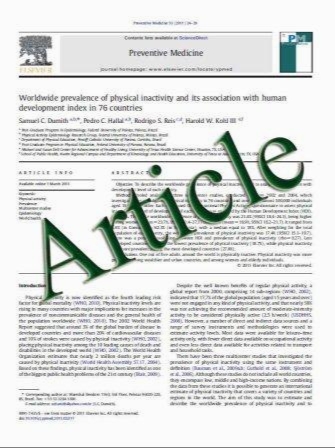CT angiography helps to differentiate acute from chronic carotid occlusion: the “carotid ring sign”
- نوع فایل : کتاب
- زبان : انگلیسی
- مؤلف : Patrik Michel & George Ntaios & Montserrat G. Delgado & Daniel C. Bezerra & Reto Meuli & Stefano Binaghi
- چاپ و سال / کشور: 2011
Description
Introduction Currently, there is no reliable method to differentiate acute from chronic carotid occlusion. We propose a novel CTA-based method to differentiate acute from chronic carotid occlusions that could potentially aid clinical management of patients. Methods We examined 72 patients with 89 spontaneously occluded extracranial internal carotids with CT angiography (CTA). All occlusions were confirmed by another imaging modality and classified as acute (imaging <1 week of presumed occlusion) orchronic (imaging >4 weeks), based on circumstantial clinical and radiological evidence. A neuroradiologist and a neurologist blinded to clinical information determined the site of occlusion on axial sections of CTA. They also looked for (a) hypodensity in the carotid artery (thrombus), (b) contrast within the carotid wall (vasa vasorum), (c) the site of the occluded carotid, and (d) the “carotid ring sign” (defined as presence of a and/or b). Results Of 89 occluded carotids, 24 were excluded because of insufficient circumstantial evidence to determine timing of occlusion, 4 because of insufficient image quality, and 3 because of subacute timing of occlusion.Among the remaining 45 acute and 13 chronic occlusions, inter-rater agreement (kappa) for the site of proximal occlusion was 0.88, 0.45 for distal occlusion, 0.78 for luminal hypodensity, 0.82 for wall contrast, and 0.90 for carotid ring sign. The carotid ring sign had 88.9% sensitivity, 69.2% specificity, and 84.5% accuracy to diagnose acute occlusion. Conclusion The carotid ring sign helps to differentiate acute from chronic carotid occlusion. If further confirmed, this information may be helpful in studying ischemic symptoms and selecting treatment strategies in patients with carotid occlusions
Neuroradiology DOI 10.1007/s00234-011-0868-9 Received: 20 December 2010 / Accepted: 28 March 2011


